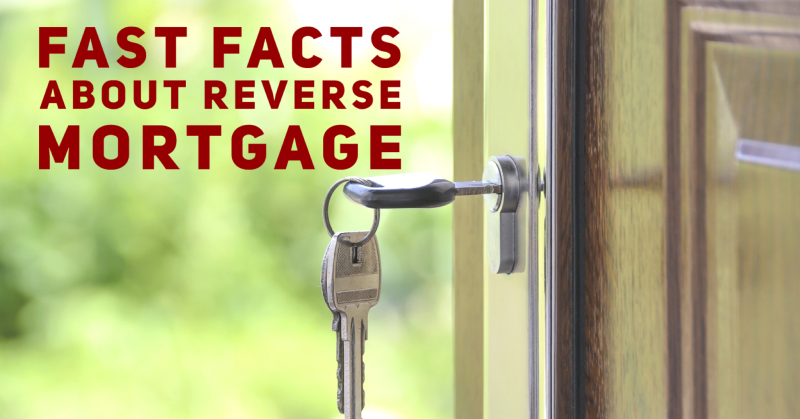If you are retired, aged 62 and above, and need to supplement your income during your retirement years, you could be a prime candidate for a reverse mortgage.
To finally revamp your home, take that dream holiday, or to simply just have more fluid access to cash, a reverse mortgage could be the perfect solution for you.
How reverse mortgage works
Don’t worry – it’s simpler than it sounds. A reverse mortgage will let you access a percentage of the overall value of your home in the form of a loan. You might be happy to hear that this money is not taxed – ever – and runs completely independently from your social security and medical benefits.
This means that it can never influence either of those two. As if that’s not good enough, one of the conditions of the loan is that you have to live in your house in order for the loan to be valid, meaning
that you can almost never be evicted, as long as you stick to the loan terms.

HECM or not?
The only difference between a reverse mortgage and a home equity conversion mortgage is that a home equity conversion mortgage is backed and insured by the US Federal Government. It doesn’t really make a difference to you as the consumer.
How much can I borrow at a time?
Let’s be clear on first things first: There are federal laws in place that prevent you from borrowing the full value of your home’s equity in the form of a loan. This means that you will be able to only borrow a percentage of your home’s entire value. To calculate the amount applicable to you, your lender will make use of a reverse mortgage calculator. This reverse equity calculator takes several aspects of your life into account, such as where your home is situated and how old it is, and whether or not you are a reliable taxpayer.
Pick your payout
When it comes to taking delivery of your money after the loan has been granted to you, you can choose one of a few ways to receive your money. The first is as a lump sum, where the entire value is paid out to you in a single payment. Another is to have it made available to you as a line of credit, where you access small amounts as and when you need it, similar to how you would have used a credit card. Finally, you can also choose to have it paid out in monthly increments over a period of time. This is the most popular option, as it mimics what it was like to receive a salary in your working days, making monthly budgeting a lot easier.
What’s the catch?
There is a misperception held by many people that you no longer have full ownership of your house when you take out a reverse mortgage. This is incorrect – the house legally remains in your name and will do so until such time that you choose to sell it, in which case the loan will also come to an end and the payment of the balance will be due.
Related Images:

Mindanaoan is a multi-awarded blogger, content creator, seasoned social media strategist and publicist with undeniably successful track record. 2012 International Visitor Leadership Program (for global leaders) alumnus and O visa grantee (for people with extraordinary skills and who have risen to the top of their field). Avid traveler and a proud relief operations volunteer. Regular resource person for social media, blogging and content creation. Available for work and travel – [email protected]

